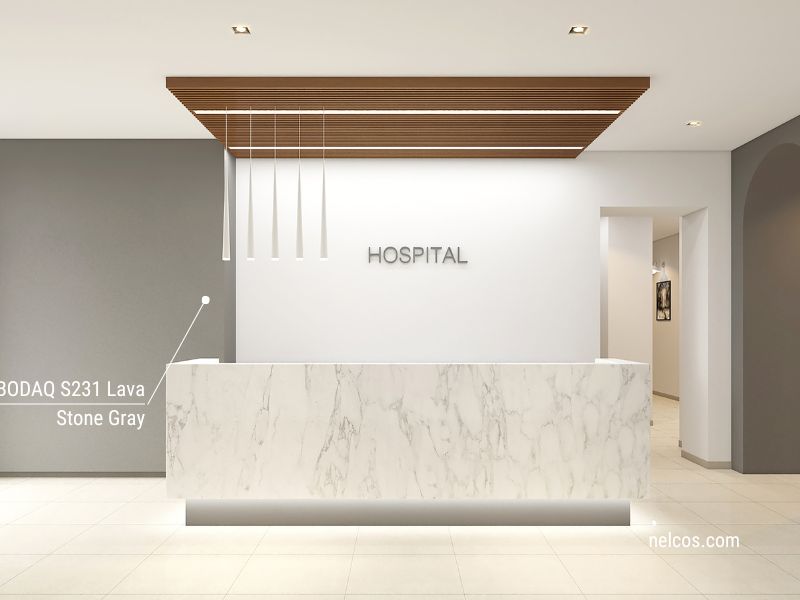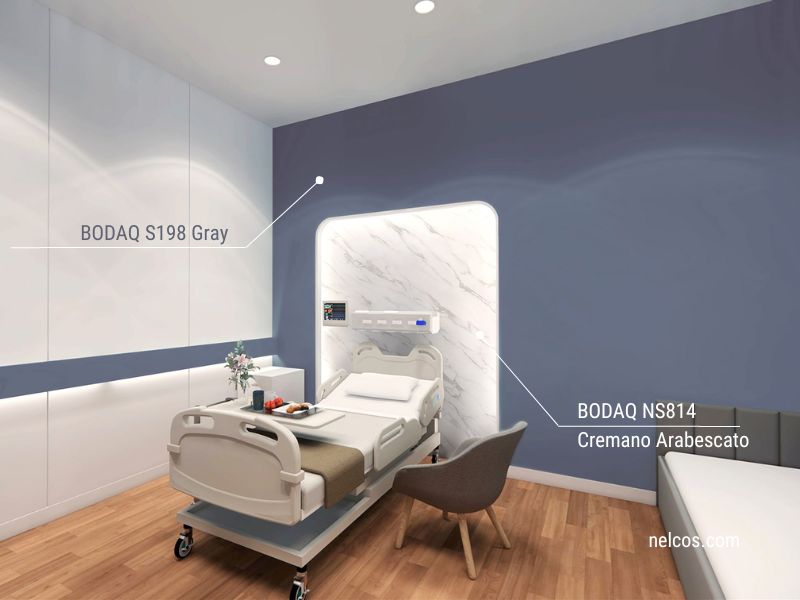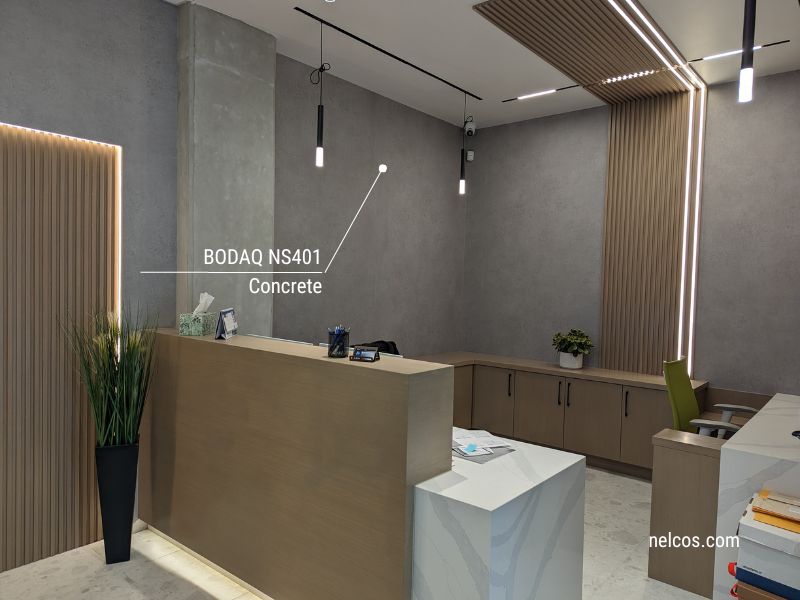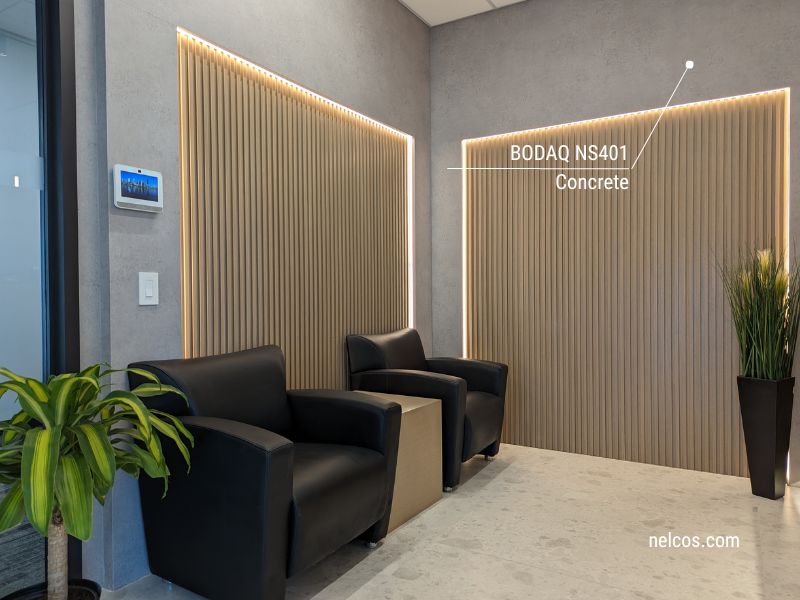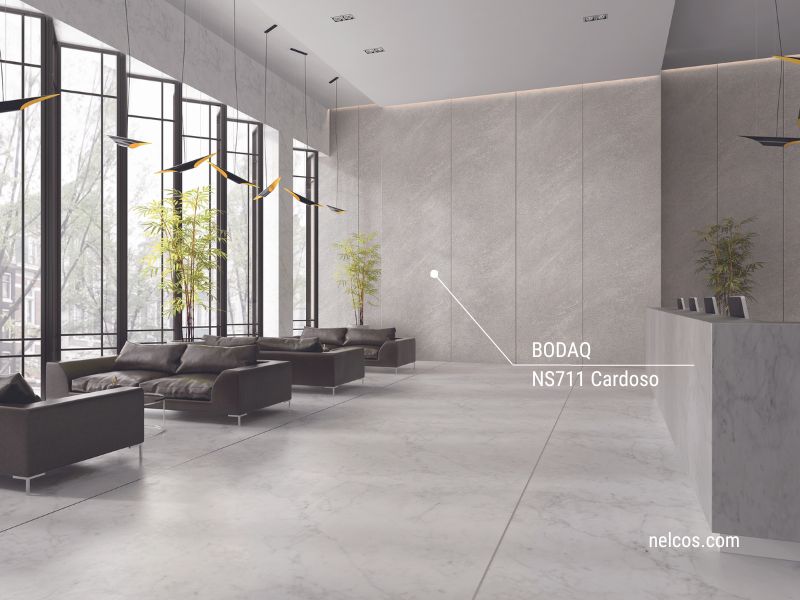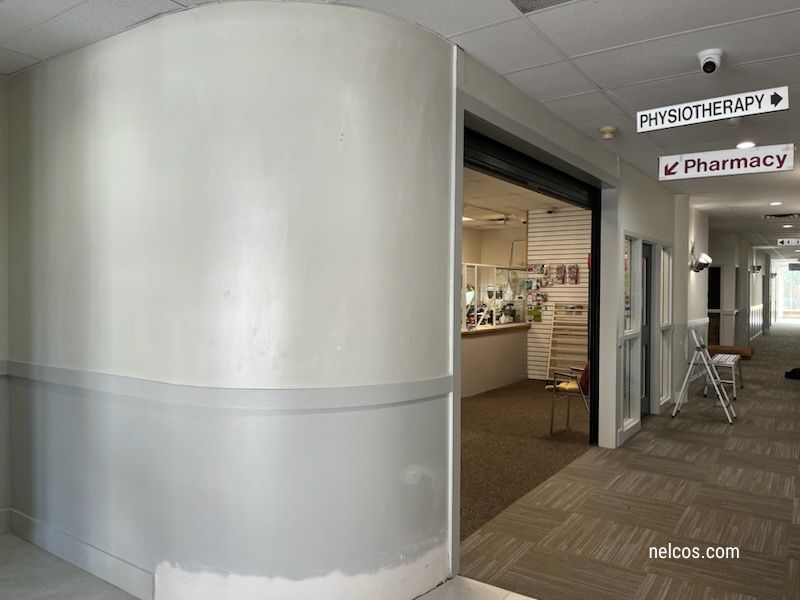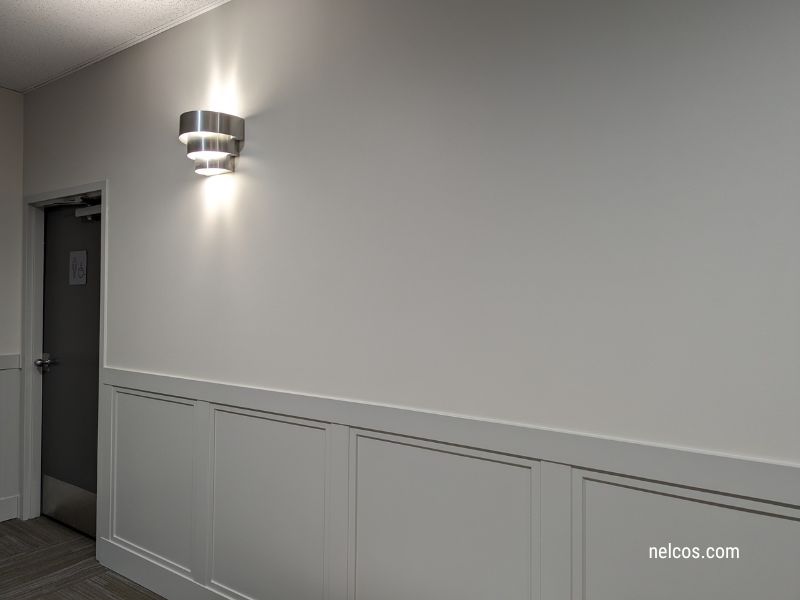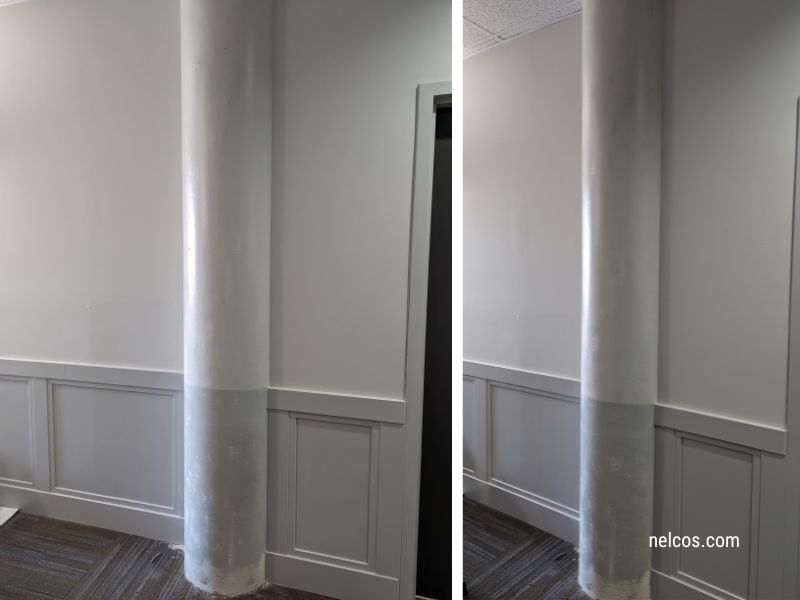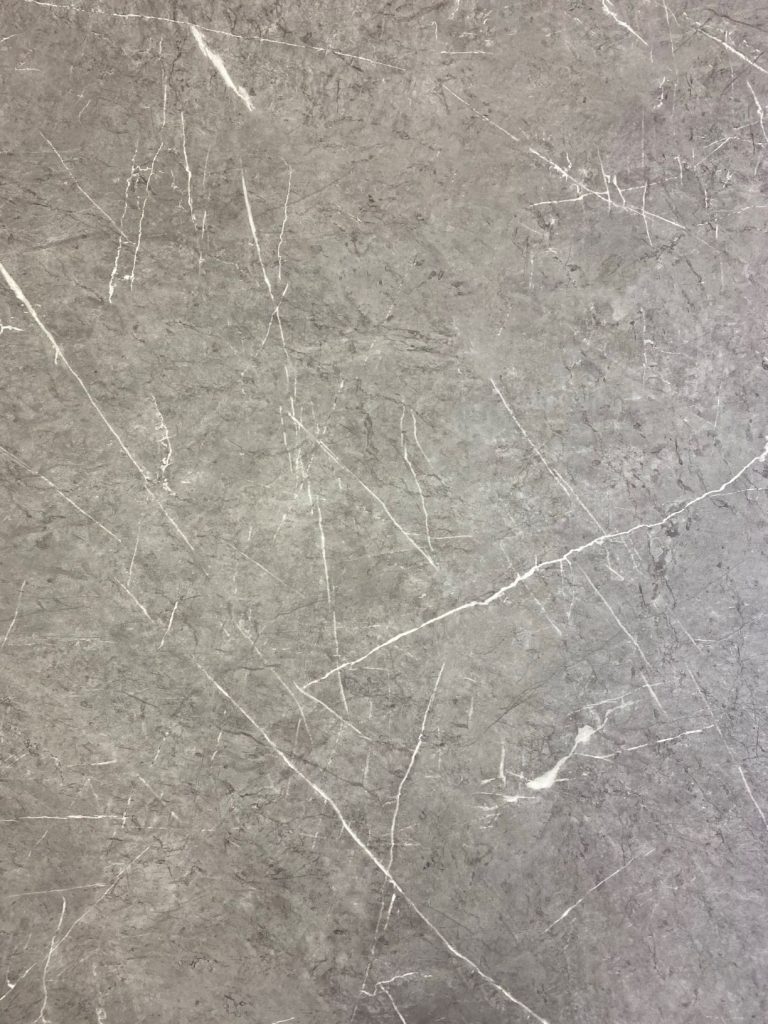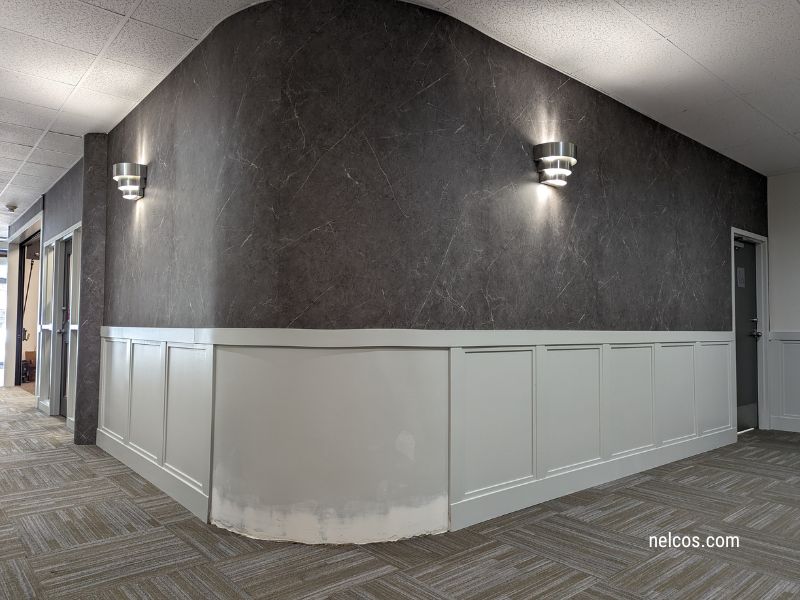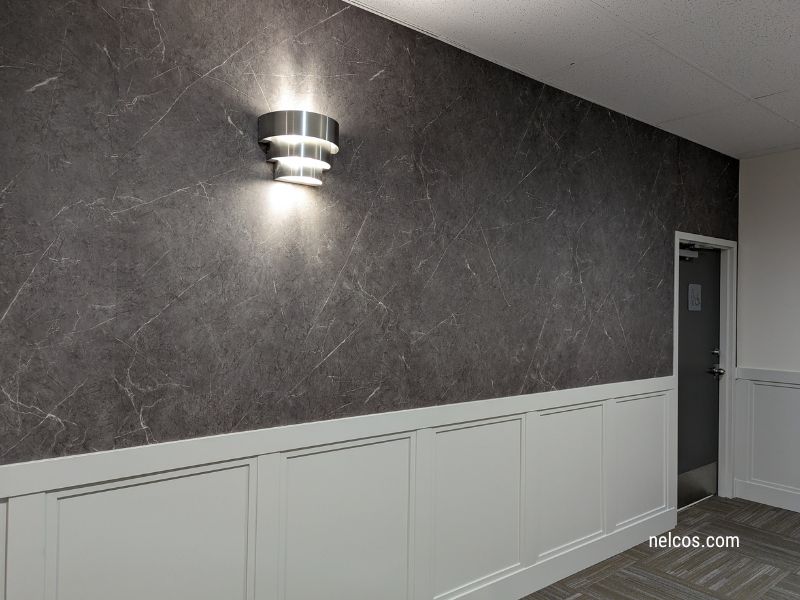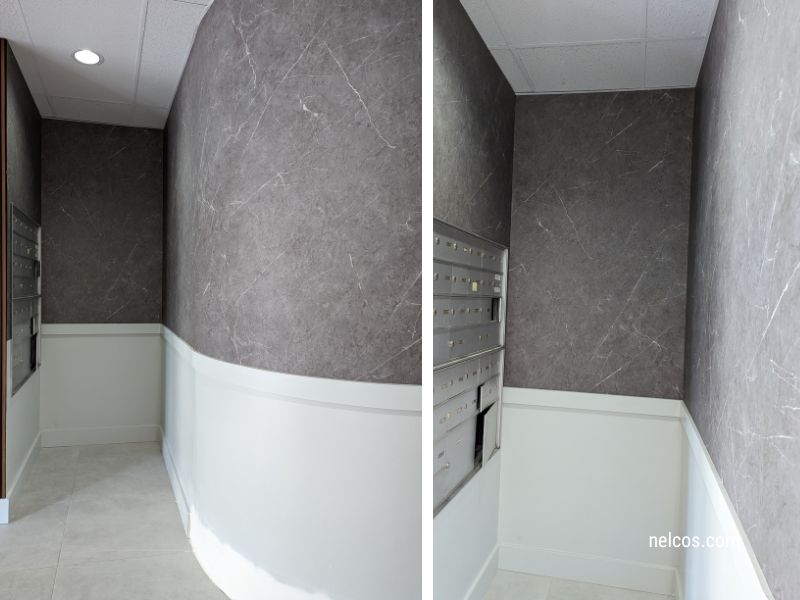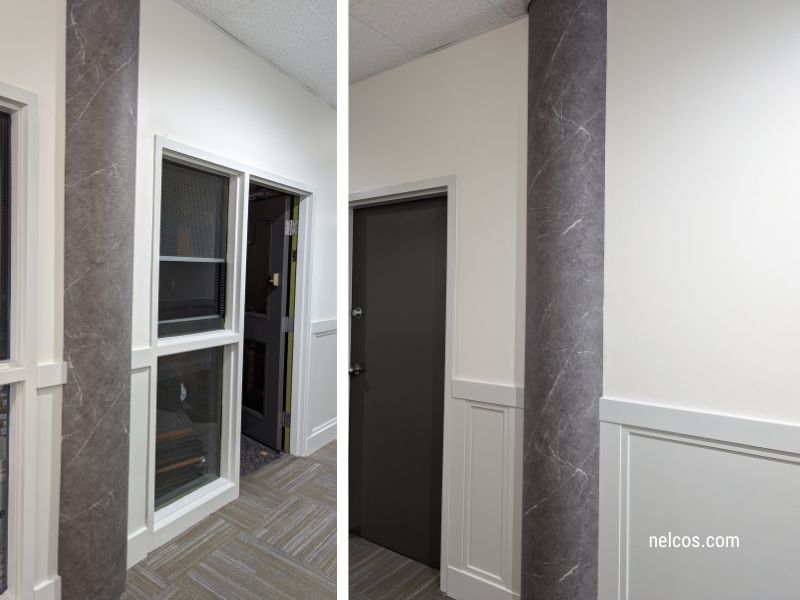Hospital Renovation with Interior Film by Nelcos: A Cost-effective and Sustainable Solution
Table of Contents
Hospitals are essential institutions that serve the health needs of communities. They play a crucial role in diagnosing and treating patients, conducting medical research, and providing support to families during difficult times. However, like any other building, hospitals require maintenance and renovations to meet the changing needs of patients and staff. Hospital renovation projects can be complex, time-consuming, and costly, but they are necessary to ensure that healthcare facilities continue to provide high-quality care.
Interior design is an essential aspect of hospital renovation projects. Healthcare facilities need to be comfortable, welcoming, and functional for patients, staff, and visitors. Interior design can also affect the psychological well-being of patients and staff, contributing to their overall recovery and satisfaction. However, hospital renovation projects often face challenges, such as budget constraints, time limitations, and safety regulations.
This is where Bodaq Interior Film comes in. Nelcos is a leading provider of interior film solutions that offer a cost-effective and sustainable alternative to traditional renovation methods. Interior film is a thin, self-adhesive film that can be applied to a variety of surfaces, such as walls, floors, and furniture. It can transform outdated or damaged surfaces into a modern and stylish look, making it an ideal solution for hospital renovation projects.
In the following sections, we will explore the benefits of using interior film for hospital renovation, examine a case study of a hospital renovation project with vinyl films, and discuss how Bodaq Interior Film contributes to sustainable renovation practices in healthcare facilities.
Benefits of Using Interior Film for Hospital Renovation: A Comprehensive Overview
Hospital renovation projects can be challenging and costly, requiring significant investments of time and money. Interior design is a crucial aspect of hospital renovation projects, as it can enhance the functionality, comfort, and aesthetic appeal of healthcare facilities. However, traditional renovation methods, such as painting, wallcovering, or replacing furniture, can be time-consuming and expensive, disrupting daily hospital operations.
The interior film is a cost-effective and time-efficient solution that offers numerous benefits for hospital renovation projects. Here are some of the advantages of using interior film for hospital renovation:
Cost-effectiveness
Renovating hospitals with traditional methods can be expensive and time-consuming. The interior film is a cost-effective solution that can reduce renovation costs by up to 50%. It is also less labor-intensive than traditional methods, reducing labor costs and minimizing disruption to daily hospital operations.
Time-efficiency
Hospital renovation projects can be time-consuming, disrupting daily hospital operations. The interior film is a time-efficient solution that can be applied quickly, reducing downtime and minimizing the impact on hospital operations. It also requires less preparation time than traditional methods, reducing the time needed for surface preparation.
Durability
Hospitals require durable surfaces that can withstand heavy use and frequent cleaning. The interior film is a durable solution that can withstand high traffic, abrasion, and impact. It is also resistant to moisture, heat, and chemicals, making it ideal for hospital environments.
Safety and hygiene
Healthcare facilities require surfaces that are safe and hygienic for patients and staff. The interior film is a safe and hygienic solution that is free of volatile organic compounds (VOCs) and harmful chemicals. It is also easy to clean and disinfect, contributing to a healthy and safe hospital environment.
Aesthetic appeal
Hospitals need to create a comfortable and welcoming environment for patients and visitors. The interior film can transform outdated or damaged surfaces into a modern and stylish look, enhancing the aesthetic appeal of healthcare facilities. It also offers a wide range of colors, patterns, and textures, allowing hospitals to create a personalized and unique look.
In the next section, we will examine a case study of a hospital renovation project with Bodaq Interior Film.
Case Study: Hospital Renovation with Nelcos’ Interior Film: Challenges, Results, and Feedback
To understand the benefits of using interior film for hospital renovation projects, let’s examine a case study of a hospital renovation project with Bodaq Interior Film.
Challenge
The renovation project involved the redesign of hallway walls and columns, as well as waiting and mail areas. The hospital had a tight budget and a limited timeframe for the renovation project. It was also important to find a solution that would not disrupt daily operations, as patient care could not be compromised.
Look at the photos below to see the state of the hospital walls before the refinishing started.
Solution
Bodaq Interior Film was chosen as the solution for the renovation project. The interior film was installed over the existing surfaces, eliminating the need for demolition, disposal, or reconstruction. The installation process was quick and easy, minimizing disruption to daily hospital operations.
Pietra Gray Marble
To achieve the desired interior results, the client opted for the PM006 Pietra Gray Marble pattern from the Stone & Marble Collection.
This pattern is great for healthcare facilities, as it creates a calming and sophisticated atmosphere. The PM006 Pietra Gray Marble pattern mimics the look of natural marble, without its high cost and maintenance requirements. Overall, the PM006 Pietra Gray Marble pattern is a versatile and practical choice for hospital renovation projects.
Results
The hospital renovation project with Bodaq Interior Film was completed within the set timeframe and budget, with no disruption to daily hospital operations. The interior film transformed outdated surfaces into a modern and stylish look, enhancing the aesthetic appeal of the hospital. It is also a durable, safe, hygienic solution that meets the hospital’s requirements.
Feedback
The hospital staff and patients were satisfied with the results of the renovation project. The new look and feel of the renovated areas contributed to a more comfortable and welcoming environment for patients and visitors. The hospital staff appreciated the quick and easy installation process, which minimized disruption to daily hospital operations. The hospital management was pleased with the cost-effectiveness and sustainability of using Bodaq Interior Film for the renovation project.
Conclusion
Hospital renovation projects can be challenging and costly, requiring significant investments of time and money. Interior design is a crucial aspect of hospital renovation projects, as it can enhance the functionality, comfort, and aesthetic appeal of healthcare facilities. Nelcos’ interior film offers a cost-effective and sustainable solution for hospital renovation projects. It is a durable, safe, and hygienic solution that offers a quick and easy installation process, minimizing disruption to daily hospital operations. The use of interior film for hospital renovation projects is an innovative and practical approach that can help hospitals meet their renovation goals while maintaining high-quality patient care.
FAQ for the hospital renovation with Bodaq Film
Interior film is a type of self-adhesive vinyl film that can be applied to walls, ceilings, furniture, and other surfaces to transform their appearance and enhance their durability. Interior film is available in a wide range of colors, patterns, and textures, allowing for a customizable and unique look.
Interior film is a cost-effective and time-efficient solution for hospital renovation projects. It is less labor-intensive than traditional methods, reducing labor costs and minimizing disruption to daily hospital operations. Interior film is also durable, safe, and hygienic, making it ideal for hospital environments.
Yes, interior film is a safe and hygienic solution for healthcare environments. It is free of volatile organic compounds (VOCs) and harmful chemicals, making it safe for patients and staff. Interior film is also easy to clean and disinfect, contributing to a healthy and safe hospital environment.
Interior film can be applied to a wide range of surfaces, including walls, ceilings, doors, furniture, and fixtures. Interior film can be installed over existing surfaces, eliminating the need for demolition, disposal, or reconstruction.
Bodaq Interior Film is a durable solution that can last for more than 10 years. It is resistant to abrasion, impact, moisture, heat, and chemicals, making it ideal for high-traffic hospital environments.
Yes, interior film is a sustainable solution for hospital renovation projects. It eliminates the need for demolition, disposal, or reconstruction, reducing waste and minimizing the environmental impact of the renovation project. Interior film is also energy-efficient, reducing the need for heating or cooling systems, and contributing to energy savings.
We hope these FAQs have provided additional information about interior film for hospital renovation projects. If you have any further questions, please feel free to contact Nelcos for more information.
EXPLORE
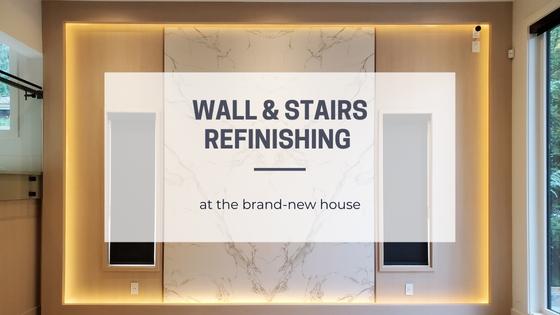
Wall and Stairs Refinishing at the Brand-new House
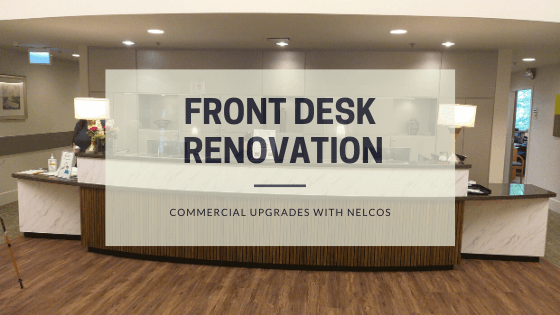
Front Desk Renovation | Commercial Upgrades with Nelcos
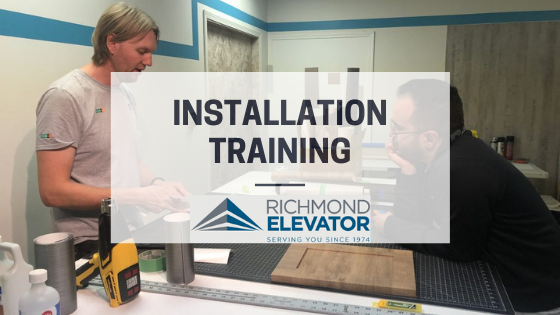
Installation Training for Richmond Elevator
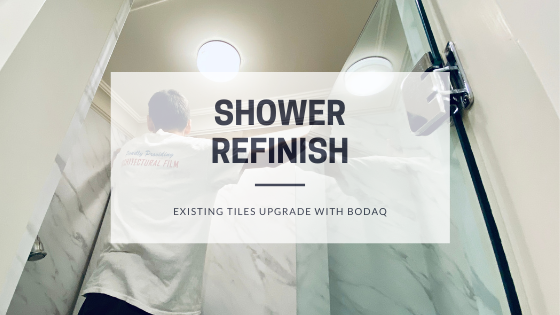
Shower Refinishing with Arabescato Marble BODAQ

Webinar for Sherwin-Williams Representatives | September 2020


